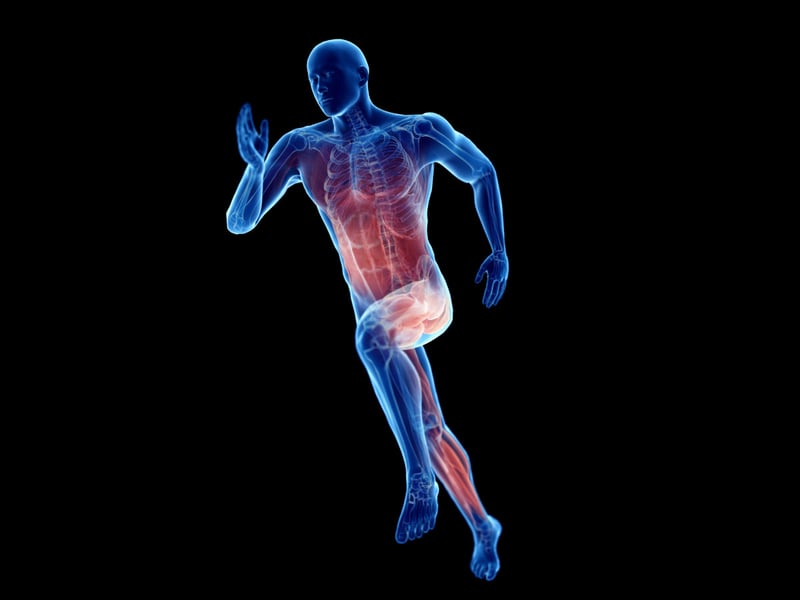
Jordan C. Troester, Jason G. Jasmin & Rob Duffield (2019): The influence of training load on postural control and countermovement jump responses in rugby union, Science and Medicine in Football, DOI: 10.1080/24733938.2019.1598621
Eccentric Rate of Force Development from the Countermovement Jump (LOAD) showed MODERATE IMPAIRMENT post-training (ES ± 90%CL = −0.79 ± 0.29, MBI = almost certainly)
Jump Height from the Countermovement Jump showed MILD IMPAIRMENT post-training (ES ± 90%CL = −0.21 ± 0.16, MBI = possible)
Concentric Impulse from the Countermovement Jump (DRIVE) showed MILD IMPAIRMENT post-training (ES ± 90%CL = −0.35 ± 0.17, MBI = likely)
Sway Velocity from the Single Leg Balance (Balance Scan) showed MILD IMPAIRMENT post-training (ES ± 90%CL = 0.30 ± 0.26, MBI = possible)
Session Rating of Perceived Exertion (sPRE) had the strongest relationship to Concentric Impulse from the Countermovement Jump (DRIVE) (r = −0.68 ± 21, β = −0.68)
Other player-load measures explained 27-50% of the variance in Balance and CMJ changes
"Whilst CMJ remains a valuable measure of neuromuscular fatigue, single-leg balance measures of sway velocity could provide an alternative in situations where maximal jump testing is impractical."
Population: Twenty-seven professional rugby union players (11 backs, 16 forwards) from the same Super Rugby team participated in this study.
The questions covered:
The purpose of this study was to investigate the responsiveness of PC measures of single-leg balance and landing to NMF, alongside traditional CMJ tests, following typical rugby union training days. A secondary aim was to investigate the magnitudes and types of training load that were associated with test decrement. It was hypothesized that single-leg balance and landing tests would exhibit NMF responses rele- vant to the magnitude of training load. Twenty-seven professional rugby union players performed CMJ, single-leg balance and landing tests on a 1000 Hz force plate at the beginning and end of training days. Training load was described by session RPE, Banister’s TRIMP, GPS total distance, high-speed running distance (>5.5 m s−1), relative speed and body load.
CMJ eccentric rate of force development (EccRFD) demonstrated moderate impairment post-training (ES ± 90%CL = −0.79 ± 0.29, MBI = almost certainly). CMJ height (−0.21 ± 0.16, possible), concentric impulse (ConIMP) (−0.35 ± 0.17, likely) and single-leg balance sway velocity on the non-dominant leg (0.30 ± 0.26, possible) were also impaired. Regression analyses identified the strongest relationship between sRPE and impaired ConIMP (r = −0.68 ± 21, β = −0.68) whilst other load measures explained 27–50% of the variance in balance and CMJ changes.
CMJ measures of EccRFD and ConIMP demonstrated the largest impairment post-training suggesting altered movement strategy. Single-leg balance SV-ND demonstrated greater sensitivity to post-training fatigue than traditional measures of CMJ height. Bodyload, sRPE-TL, and bTRIMP may be the main contributing factors to CMJ and balance impairment. Practitioners may use this information to guide the planning of training and recovery. Whilst CMJ remains a valuable measure of NMF, single-leg balance measures of SV could provide an alternative in situations where maximal jump testing is impractical.